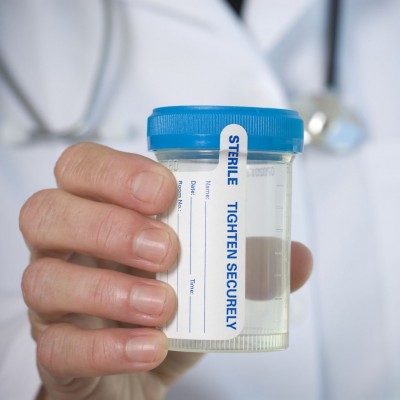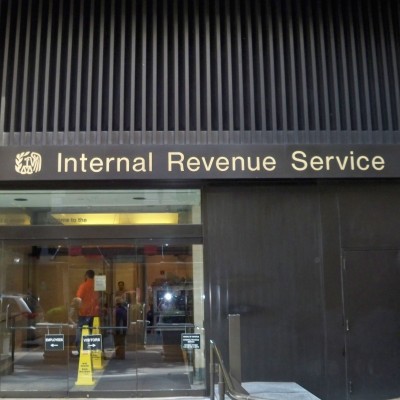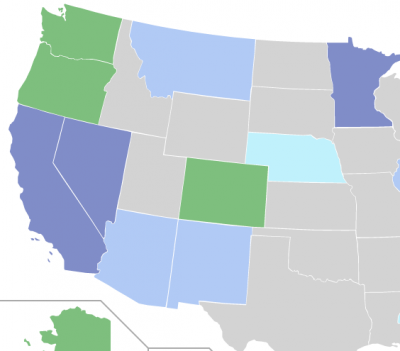Drug Trafficking Could Increase Due to Oregon’s Legalized Marijuana
Thursday, August 20, 2015

Photo courtesy of Oregon HIDTA Program
Legalization Might Facilitate Illicit Drug Trafficking
While methamphetamine and heroin top the threat list for the White House’s multi-agency High Intensity Drug Trafficking Areas (HIDTA) regional 2016 threat assessment, marijuana is third since it can easily be produced in Oregon and trafficked all over the U.S.
“More people will likely grow under the umbrella of legalization, and depending on how good they are they might end up with a whole lot more than they can use or give away… the more chance there will be for someone to pack it up and sell it to someone outside of the state of Oregon,” said Oregon HIDTA director Chris Gibson. “That’s a very simple scenario.”
The Oregon HIDTA region includes only 10 counties in Oregon where drug trafficking is most intense, as well as two counties in Idaho.
Marijuana has increased significantly in local production due to the medical marijuana program. In contrast, methamphetamine and heroin have much higher rates of violence and severe physical harm for users, according to the report. That’s really what concerns HIDTA the most, said Gibson. The agency is also focusing on cocaine and prescription drugs.
In a survey, 62 percent of local law enforcement officers consider methamphetamine—a drug categorized by the federal government as less dangerous than marijuana—to be the greatest threat. In the survey, 88 percent of officers said that methamphetamine is the drug that contributes the most to violent crime and 69 percent said it contributes the most to property crime.
Second to methamphetamine, heroin use and availability has been growing. Over half of law enforcement officers surveyed said that heroin availability has increased from 2014 to 2015. The number of people who admit to heroin use at prison intake has tripled since 2008, and the number of adults entering publicly funded treatment programs for heroin use has grown 55 percent since 2008.
According to the report, medical and recreational marijuana legalization has unintentionally pushed Mexico’s cannabis farmers to expand to heroin as more local grow programs have been established.
Since growing marijuana is legal in Oregon within certain perimeters, HIDTA’s goal “to eliminate domestic production, trafficking and use of… marijuana” is tricky in Oregon.
Though seizures of marijuana have dropped drastically in recent years, the report includes analysis linking out-of-compliance medical marijuana grows with the black market. Of the plants that were confiscated in 2014, 70 percent were connected to medical marijuana. The percent of seizures through the medical marijuana program has steadily grown to its peak in 2014.
Though there are limits to how much marijuana a patient is allowed to possess, caregivers can cultivate marijuana for an unlimited number of patients, meaning caregivers can possess thousands of plants and claim to be growing for legitimate patients.
Clackamas, Multnomah and Jackson counties are home to the most medical marijuana cardholders who have been suspects in DEA cases.
Oregon is central to marijuana trafficking—both as a pass-through state for pot from California or Washington and as a state of origin for marijuana sold in other states. Jackson, Josephine, Multnomah and Lane counties are most often the counties of origin for trafficked marijuana.

The HIDTA report reflects some uncertainty over what to expect as the retail market for recreational marijuana comes into full force next year. It attempts to apply lessons from Colorado and Washington, which have seen more drug trafficking out of state and more exploitation of the law for illicit growing, as well as increased public safety concerns, such as increased explosions at THC extraction labs and increased intoxicated driving.
That said, while HIDTA’s report reflects concern for drug trafficking, it shows a decrease in marijuana arrests and seizures in the last couple of years despite the high incidence of marijuana use in Oregon.
Another shift in tone from the federal government is the remarks made earlier this month by the federal Drug Enforcement Agency new acting administrator, Chuck Rosenberg, who told the press, “Heroin is clearly more dangerous than marijuana.”
In the current DEA classification system, marijuana is at the height of the list in Schedule I along with heroin and LSD. According to the Controlled Substances Act, drugs are categorized into five schedules according to potential for abuse, addiction and medical use. Ironically, the top priority for Oregon HIDTA—methamphetamine—is actually in the less severe category of Schedule II.
That said, shifting marijuana to another schedule doesn’t do a lot for the drug from the standpoint of HIDTA, which would still be concerned about interstate and international trafficking. It would, however, lessen penalties.
After Rosenberg’s remarks this month, Oregon Rep. Earl Blumenauer wrote a letter to U.S. Attorney General Loretta Lynch asking to support Rosenberg’s statement and reclassify marijuana under the Controlled Substances Act.
“We are in the midst of a revolution to reform and modernize marijuana policy in the United States. Four states and the District of Columbia have legalized adult use. Additionally, well over one million patients across the country now use medical marijuana at the recommendation of their physician to treat conditions ranging from seizures, glaucoma, anxiety, chronic pain and nausea. The federal government is woefully behind,” said Blumenauer.
Related Slideshow: Ten Things to Know About Marijuana Legalization in Oregon
Here are ten things you need to know now that pot is legal in Oregon.
Related Articles
- Price Fluctuations Threaten to Drive Marijuana Growers Out of Business
- Oregon’s New Marijuana Law: Everything You Need to Know
- Oregon Searches for Path Around Federally Illegal Marijuana Research
- Portland City Council Discusses Marijuana Tax
- Blumenauer Co-Authors Federal Bill to Allow Medical Marijuana Research
- New York Times Endorses Oregon’s Marijuana Legalization Efforts
- Medical Marijuana Could Reduce Opiate Abuse in Oregon, Study Says
























 Delivered Free Every
Delivered Free Every
Follow us on Pinterest Google + Facebook Twitter See It Read It